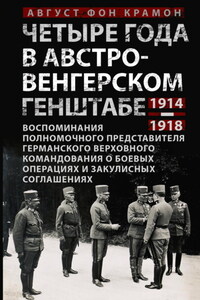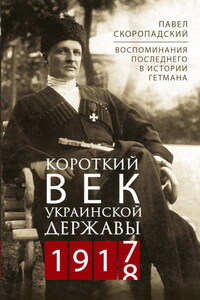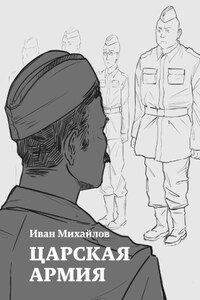Dayr, the Lion of the Desert, to Hester, the Star of the Morning, sends greeting, with love and service. Those who obey the sabre of Dayr, hold the Great Desert in the hollow of their hand, even as the ring encircles the finger. Warriors without number, horses, camels, powder and shot, what is required ⦠all is ready. You need only to send your orders.
Your true friend, Dayr
DAYR AL FADIL, Bedouin Sheikh of the Anazeh, To Lady Hester Stanhope
If you were a man, Hester, I would send you on the Continent with 60,000 men, and give you carte blanche and I am sure that not one of my plans would fail.
WILLIAM PITT THE YOUNGER, Prime Minister of England
The Arabs have never looked upon me in the light either of man or woman, but un être à part.
HESTER LUCY STANHOPE
It was four oâclock on Sunday, 23 June 1839, the second year of Queen Victoriaâs reign. Far away from England, on a hill in the shadow of Mount Lebanon, only the hum of cicadas stirred in the suffocating afternoon. The white stone walls and roofs of a house â as high and formidable as a small fortress â seemed to hover in the heat-distorted haze, above a handsome grove of olive trees. Round about there were other hills and ridges, crisscrossed with terraced fields, and gashes of that same chalky, porous stone. In the distance, bells pealed from the tower of a monastery; perhaps the only hint of what a European might recognize as kindred civilization. These hills were renowned as ancient cemeteries for the Greeks, Romans and Phoenicians, their warrens of tombs crammed with sarcophagi and hidden treasures invisible to the eye; superstition had allowed them to remain undisturbed for centuries.
Amid clouds of dust, half a dozen household servants scurried along the dirt path leading down to the village of Djoun, bringing with them a skittish collection of mares, donkeys and goats, the sturdiest saddled with hastily-packed bags and whatever furniture could be lashed into place, such things of value they hoped would compensate for unpaid wages. A boy clutched a red leather-bound book filled with strange divinatory symbols he did not understand.
In her bedroom with its stone-cut windows, the woman they called Syt Mylady was dead. Her open eyes stared straight ahead. A white turban was bound tightly around her skull-cropped grey hair. Incense smouldered in an earthenware saucer and candles had burnt to waxy stubs. She had died in the house which she had first glimpsed more than a quarter of a century earlier, not realizing then that it would become the one true object of her ambitions. How the light had glittered and danced about her then! Light, which she craved as a young woman, light that was exhilarating and alive under a cobalt-blue sky.
For the last seven years she had remained within her fortress walls, leaving her private quarters only to walk in her garden whenever it pleased her, at any hour of night or day. She would visit her mares, rest her hand on their warm flanks as they slept, or lie under her bitter orange trees, scrutinizing the constellations.
Now her body lay on coarse Barbary blankets, on a low-slung bed that was nothing but five planks nailed together, tilted slightly to incline her head. She was dressed in her customary night-dress â a chemise of cotton and silk, a white, quilted abaya and with a striped pale red and yellow keffiyeh tied under her chin, the way she had learned from the Bedouin. Her fingers still gripped a crooked staff with a naïve carving at the top shaped to resemble a ramâs head.
In death, her features â which were those of an old woman, for she died in her sixty-third year â seemed to soften. Her face was very pale and gaunt, making what some had affectionately called her famous Chatham nose look even more pronounced. This was the same unmistakable nose that had perched defiantly on the faces of four generations of Pitts before her, including not only two of Englandâs most outstanding and powerful Prime Ministers, father and son â both wartime leaders â but also âDiamondâ Pitt, her great-great-grandfather, curmudgeon of the first order and maker of the family fortune. It was his ability to thrive in an alien country, and by a combination of boldness and tenacity to rise from the rank of humble merchant, firstly, by founding a trading concern which grew formidable enough to rival even the East India Company, and later, to be Governor of Madras. She often used to say it was the blood of this Pitt that âflowed like lavaâ through her veins.








